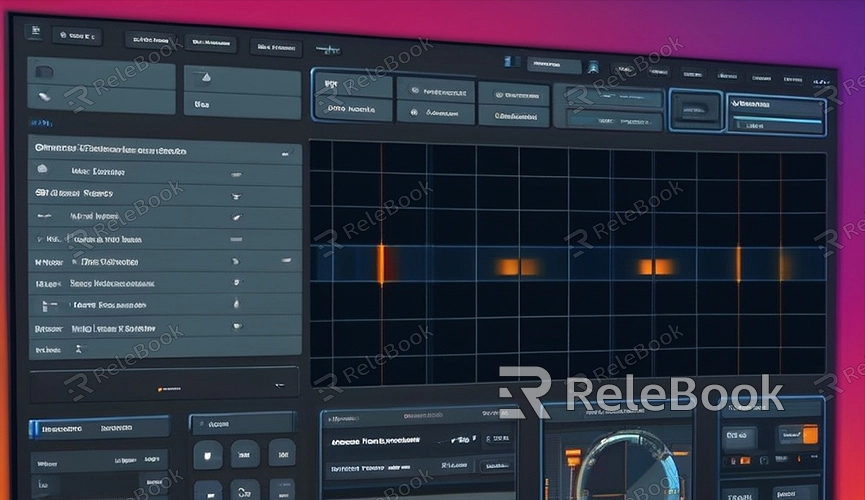Does blender bake render fast
Blender is a powerful open-source 3D modeling and rendering software widely used in animation, game development, and visual effects industries. In the realm of 3D production, baking is a critical technique where computationally intensive lighting and texture information is pre-calculated and stored, aiming to accelerate the rendering process. So, just how fast is Blender when it comes to baking renders? This article delves into this question in detail and offers insights into optimizing Blender's baking performance.
What is Baking?
In 3D computer graphics, baking refers to pre-calculating dynamic data such as lighting, shadows, reflections, etc., and storing them into textures or maps. By baking, the rendering engine can directly utilize these pre-calculated data during the final image rendering, reducing real-time computational requirements and enhancing rendering speed.

Baking Types in Blender
Blender supports various types of baking, each suited for different scenarios and requirements. Common baking types include:
1. Ambient Occlusion: Calculates ambient occlusion effects to enhance the realism of recessed areas in models.
2. Lighting: Bakes lighting effects from the scene, including direct and indirect lighting.
3. Shadows: Bakes shadow information into textures, improving rendering efficiency.
4. Normals: Generates normal maps to simulate details of high-polygon models.
5. Diffuse: Bakes diffuse color information of models.
6. Specular: Bakes specular reflection effects of models.
Analysis of Blender's Baking Render Speed
The speed of baking renders in Blender depends on several factors, including hardware configuration, scene complexity, and baking settings. Here are the primary influencing factors:
1. Hardware Configuration
During baking, the performance of CPU and GPU directly impacts speed. High-performance CPUs and GPUs can handle computational tasks faster, speeding up the baking process. It is recommended to use multi-core CPUs and GPUs that support CUDA or OpenCL for improved baking efficiency.
2. Scene Complexity
The number of models in the scene, texture resolutions, and complexity of lighting affect baking speed. Complex scenes require more computational resources, thus increasing baking time. Optimizing scenes by reducing unnecessary details can enhance baking speed.
3. Baking Settings
Baking parameter settings significantly influence speed. For instance, setting high values for parameters such as samples and ray tracing depth can significantly increase baking time. Adjusting these parameters according to requirements can improve baking speed while maintaining quality.
Tips to Improve Blender's Baking Speed
To enhance the baking render speed in Blender, consider implementing the following optimization techniques:
1. Use GPU Acceleration
If your graphics card supports CUDA or OpenCL, enable GPU acceleration in Blender. GPU's parallel computing capabilities can notably accelerate baking speed.
2. Optimize Parameter Settings
Adjust baking parameters based on specific needs. Lowering sample counts and ray tracing depth settings reduces computational load, thereby boosting baking speed.
3. Simplify Scenes
Reduce polygon counts and texture resolutions in scenes. Using lower-polygon models and optimized textures can decrease baking time.
4. Stage Baking
For complex scenes, divide baking into stages. Start with basic lighting and shadow baking, gradually adding other effects to distribute computational load and enhance overall efficiency.
5. Use External Tools
Besides Blender's built-in baking features, consider using specialized baking tools like Substance Painter. These tools can sometimes offer more efficient baking workflows under certain conditions.
Real-World Case Studies
Examining practical cases can provide a clearer understanding of Blender's baking render speed:
- Case Study One: Simple Scene
In a basic indoor scene comprising simple geometries and low-resolution textures, using a mid-range PC (e.g., quad-core CPU and mid-tier GPU) typically results in baking times within a few minutes. In such cases, Blender demonstrates rapid baking speed.
- Case Study Two: Complex Scene
In a complex outdoor scene with multiple high-polygon models, high-resolution textures, and intricate lighting setups, even with high-performance hardware (e.g., multi-core high-frequency CPU and high-end GPU), baking times may extend to several hours. Optimizing scene and parameter settings becomes crucial in such scenarios.
In conclusion, Blender's baking render speed is influenced by multiple factors including hardware configuration, scene complexity, and baking settings. With proper optimization, Blender's baking speed can meet the demands of most 3D production requirements. Techniques such as GPU acceleration, parameter optimization, scene simplification, staged baking, and utilizing external tools can significantly enhance baking efficiency.

